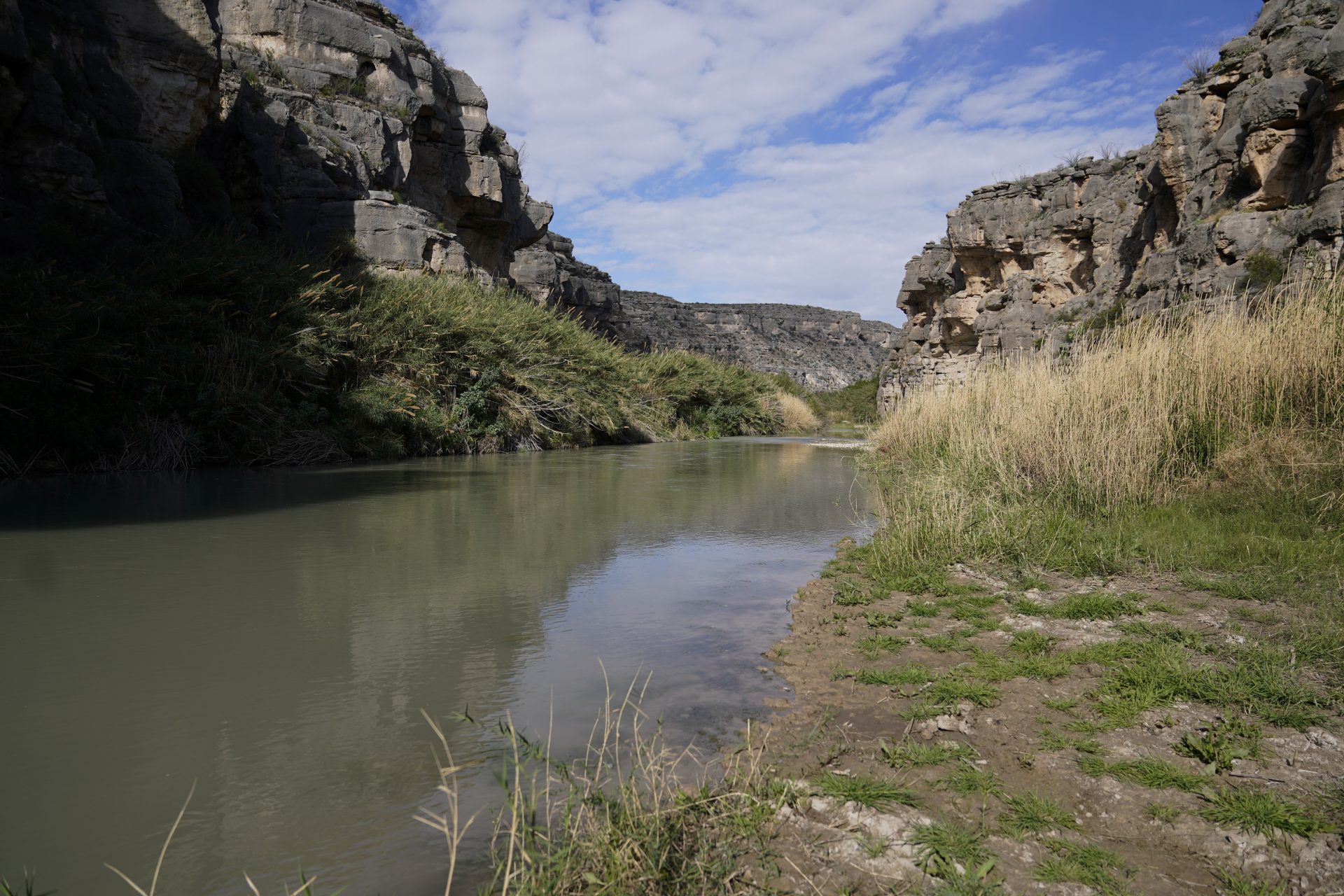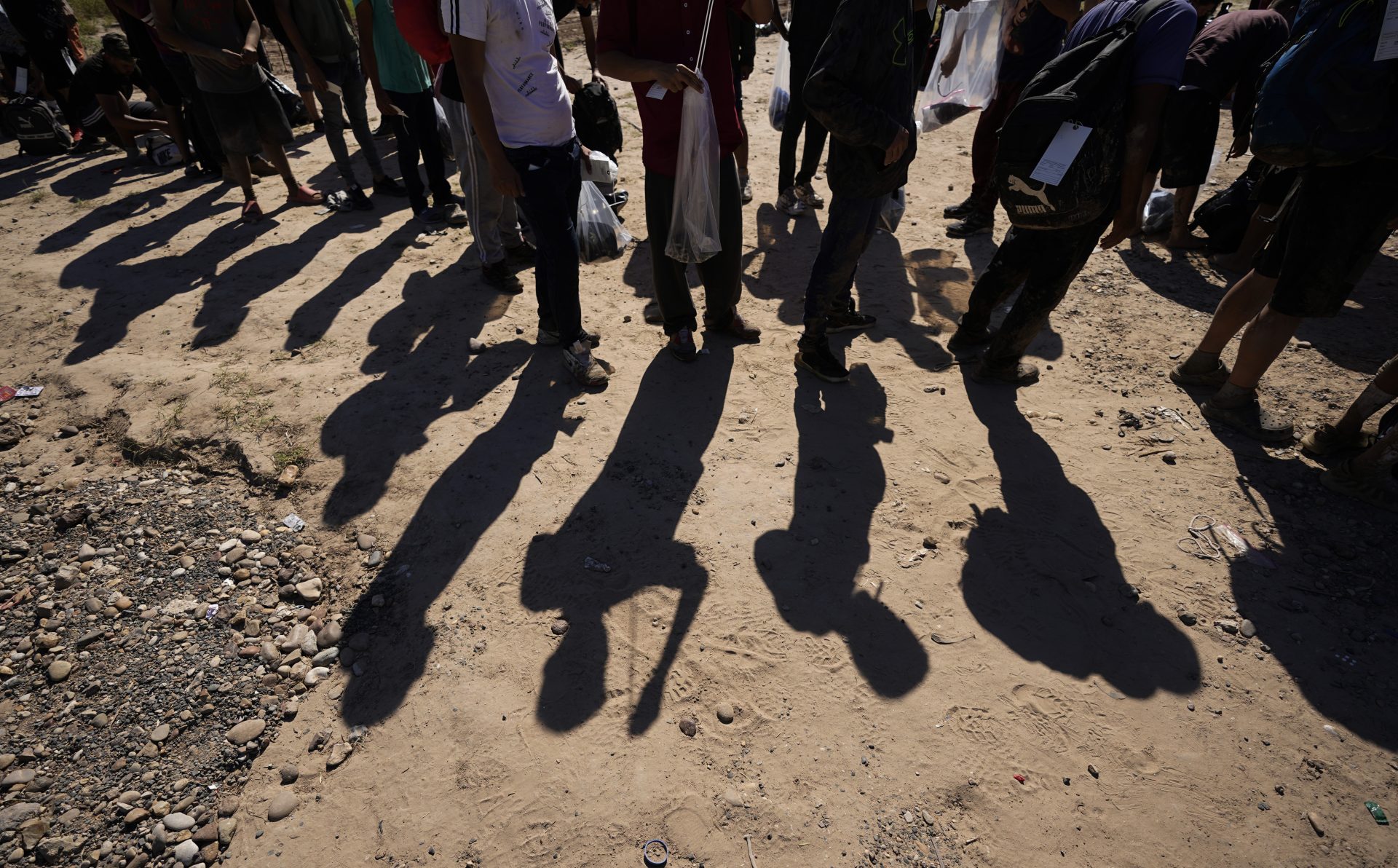|
Only have a minute? Listen instead
Getting your Trinity Audio player ready...
|
As the four Texas state senators who live along the Texas-Mexico border, we understand that border security is essential not only for the safety and welfare of everyone who lives in or visits the border region, but also for the efficacy of state services and the strength of our national security.
The challenge at hand is to develop a 21st century solution for a 21st century problem. We believe firmly that our 1,250-mile border cannot and will not be secured with a wall or fence that stretches from Brownsville to El Paso. At the risk of being obvious, we repeatedly explain to its advocates that for every wall or fence there is a taller ladder, a deeper tunnel and stronger wire cutters, disintegrators and wrecking balls.
Congressional action is required to strengthen and improve immigration and border security, but state and local officials can and should collaborate with our federal colleagues by adopting and funding complementary policies, services and procedures. Accordingly, as legislators we must focus on state-appropriate actions to address urgent needs along the Texas-Mexico Border.

Generally, we propose a comprehensive range of practical solutions that provide more efficient and cost-effective alternatives to traditional physical barriers, thereby enhancing our ability to detect and deter undocumented immigration. This includes implementing advanced virtual or smart wall technologies.
Constructing all-weather roads alongside the river, for example, would create a controlled buffer zone that can be monitored effectively by drones, motion sensors and cameras. Those roads would provide crucial high-speed access for U.S. Border Patrol agents, enhancing their operational effectiveness and reducing their response times.
More specifically, improving and constructing road infrastructure such as by completing State Highway 1472/1021 (Mines/Las Minas Road) in Laredo and extending it 120 miles to Eagle Pass is essential.
Key infrastructure projects truly would reinforce border security, including the completion of the Cameron County Weir Dam in Brownsville and the Webb County Dam. These projects would allow authorities to manage the Rio Grande’s water flow, increasing its width and significantly reducing the feasibility of unauthorized crossings.
The Bi-National Laredo River Park Project also would deter illegal border crossings through several strategies. Its open and landscaped design would enhance visibility and surveillance and increase law enforcement presence, acting as a deterrent to illegal activities while fostering community engagement and vigilance.
Relatedly, legislators should seek feedback from groups such as the El Paso Bridges Steering Committee, recognizing their instrumental role in identifying and addressing specific regional needs. These entities play a key role in developing plans that contribute valuable insight to enhance infrastructure at ports of entry and streamline the border-crossing process.

Removing invasive plant species such as salt cedar and Carrizo cane from the Rio Grande riverbank also is crucial for public safety and border security. Clearing these plants not only exposes criminal activities and illegal immigration attempts, but also protects South Texas’ vital water resources. Replacing them with native prairie grasses would eliminate hiding spots, making it more challenging for people to cross the border undetected.
A more efficient and effective commercial truck inspection process could enhance border security by deterring smuggling. The state’s attempts to inspect these vehicles at the border have been inefficient and costly. While balancing economic impact and security needs, investing in X-ray technology to examine transported goods would be an effective strategy for enhancing border security and economic stability.
Similarly, expanding resources and staff at Texas-owned border rail inspection stations, including support for the Trade Agricultural Inspection Grant Program, directly impacts public safety.
Frankly, the challenges related to border security will be met only if solutions offered by those who live and work here are considered. Political rhetoric from those who live far away may garner headlines, but they have failed. The state of Texas should pass legislation and provide funding for state-related responsibilities that enhance border security, but the federal government must meet its responsibility related to immigration.
Equally important, as leaders in Texas we must persist in our collaboration and advocacy with local and federal partners. Together we can strive to achieve pathways to normalcy for undocumented persons by establishing enhanced work programs for arriving migrants and streamlining dysfunctional visa programs.
We stand ready to work collaboratively on these innovative solutions to ensure our border region thrives and remains secure. By collaborating effectively, we can build a safer and more prosperous future for all Texans.
Sens. Judith Zaffirini, D-Laredo; Juan “Chuy” Hinojosa, D-McAllen; Cesar J. Blanco, D-El Paso; Morgan LaMantia, D-Palm Valley, represent border districts in the Texas Senate.




